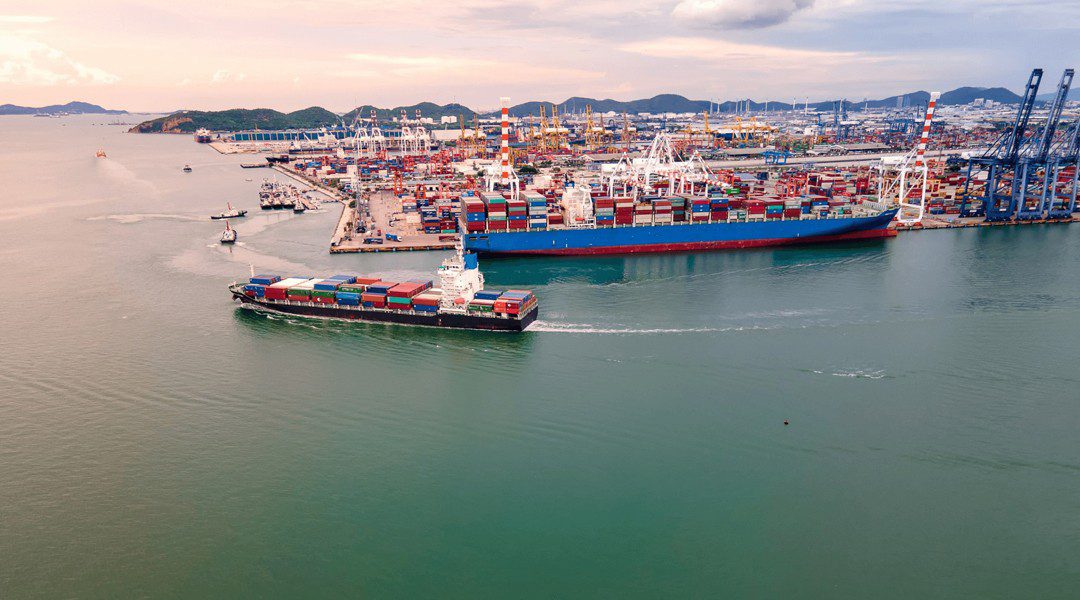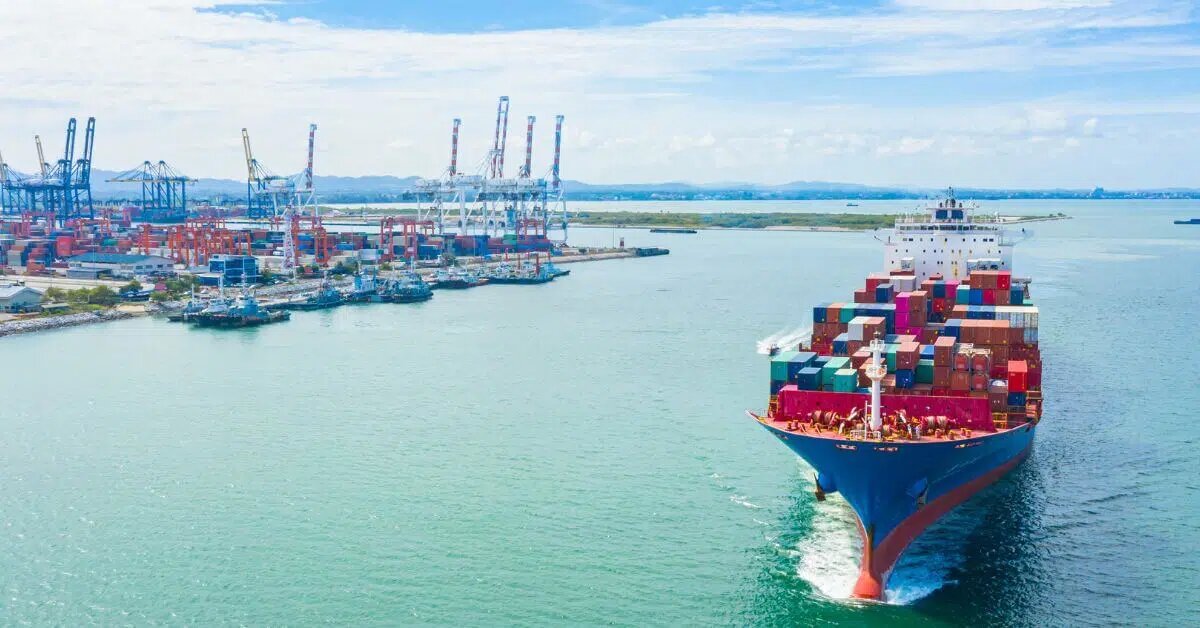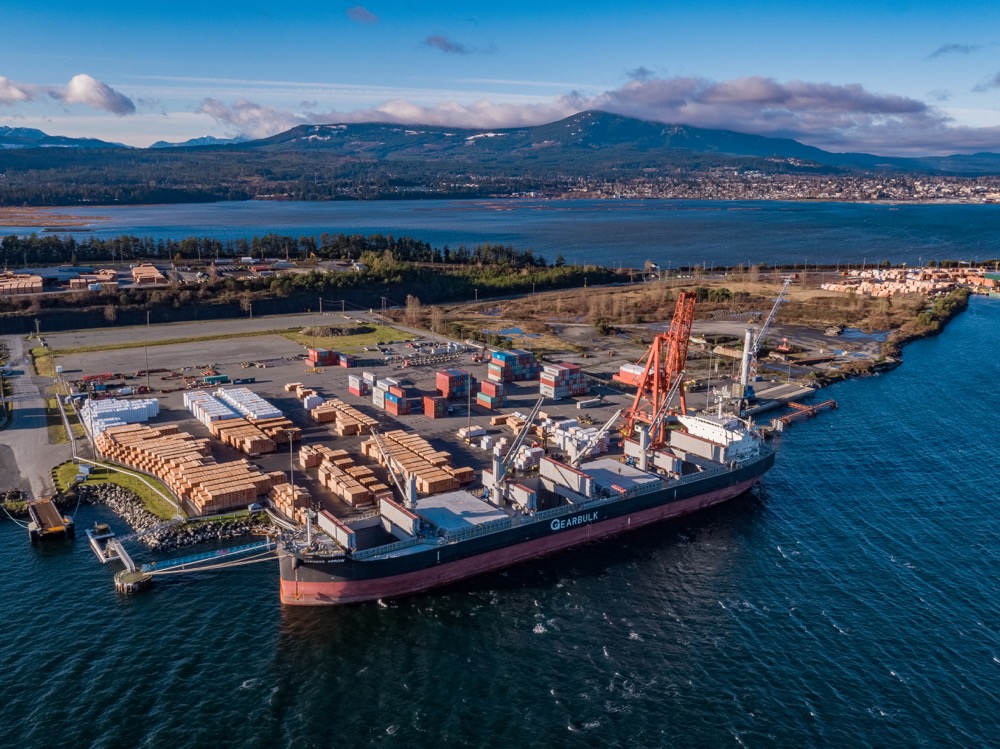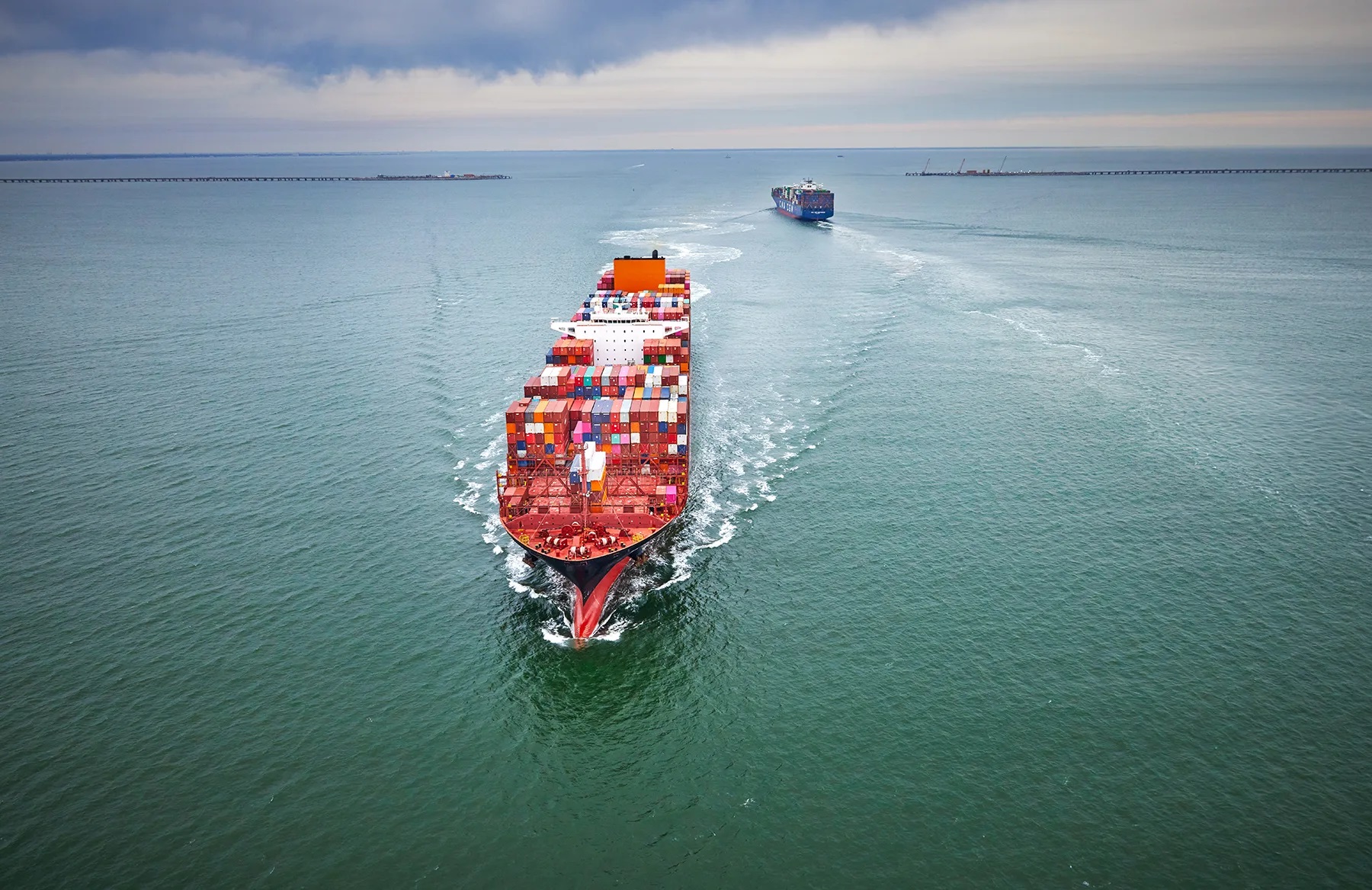Vessels that ply loose cargo loads in bulk quantities across oceanic channels are referred to as bulk carriers.
The idea of a bulk carrier to transport important food grains, ores and minerals date back to the 1850s. However, there have been several noteworthy advancements in the construction and utilisation of the vessel type in the years following.
A bulk carrier is explicitly designed to carry un-packaged bulk Cargoes. The aboriginal bulk carriers were built in the year 1852. These vessels are continually developed by the time due to its efficiency, economic forces, adaptability and carriage capacity.
Today, the market share of bulk carriers make up around 21% of the global merchant fleet. Over 50% of all Bulk carriers belong to Greece, Japan or Chinese owners, whereas more than 25% of them are registered only in Panama.
If we only talk about shipbuilding, then South Korea is the most prominent builders of ships, and about 82% of all Bulk carriers are built in Asia.
These constructional developments have ensured that the bulk carrier vessels remain an indispensable and integral cog in the merchant maritime domain. These developments also enhanced the safety of bulk carriers.
Statistics show that in the current prevailing merchant marine scenario, bulkers account for almost 40% of the total mercantile vessels operable globally, which could very well rise in the coming decades.
The vessel’s crew member undertakes all operations of a ship at sea and even at the port.
The cargo operation, i.e., loading and discharging complexity may differ, but approximate time ranges from a few days to weeks and sometimes even months.
As of 1999, the International Convention for the Safety of Life at Sea defined a bulk carrier as, “A ship constructed with a single deck, top side tanks and hopper side tanks in cargo spaces and intended to carry dry cargo in bulk primarily; an ore carrier; or a combination carrier.”
Due to the popularity of steam-powered vessel, specialized bulk carriers cropped up. The antecedent bulk carrier was a British coal carrier named “ SS John Bowes” in the year 1852. This era of bulk carriers used water as ballast instead of sandbags.
Loading and unloading of cargo by conveyor belts also got introduced during this time. This not only provided an efficient way to carry out the cargo operation but also escalated the speed of such operation, thus decreasing the loading & unloading time. Later in 1911, bulk carriers with diesel propulsion got introduced in the market.
Giving testimony to the developmental paradigms of the bulkers, mentioned below are some of the significant kinds of the vessel type:
Types of Bulk Carriers By Design
Basic Bulk Carrier / Conventional Bulkers
Combined Bulk Carriers
Gearless Bulk Carrier
Self Dischargers
Bulker Lakers
BIBO or “Bulk-In, Bags Out”
Open Hatch Bulk /Forest Product Carriers
Because of its nature of Cargo, these vessels may be retrofitted with the following below:
As these vessels deal with a large variety of cargo, their cranes have special attachments such as clamps, multi lifts and frames.
Types of Bulk Carriers As Per Size
Bulk carriers can be segregated in 9 major categories as per their size. Apart from categorising them in six sizes, they can also be categorised further as per the region of trade or Port.
Because of the increasing demand of bulk carriers international market, the shipbuilders built bulkers specifically for certain ports where there were restrictions in either length, breadth or draught.
Please see the categorisation of the bulk carriers below:
Major Category of Bulk Carriers As Per Size
Mini Bulk Carrier
Small Bulk Carrier
Handy Size Carriers
Handymax Carriers
Panamax Carriers
Post-Panamax Bulk Carrier
Capesize Bulk Carrier
VLBC (Very Large Bulk Carriers)
Category Of Bulk Carriers Under Size As Per Region
Karsarmax Bulker
Newcastlemax Bulker
Setouchmax Bulker
Seawaymax Bulker
Malaccamax Bulker
Dunkirkmax Bulker
In order to accommodate the ever-growing size of bulkers, there have been several reformations brought about in various navigational channels. Names like Panamax, Handymax and Capesize, in this context are important developments as they highlight pinnacles of growth achieved by the international maritime sector.




